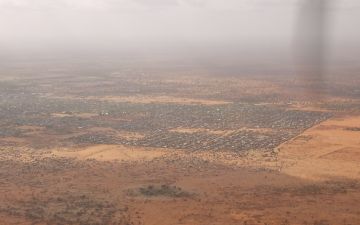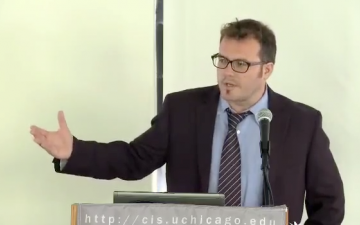In mid-2011 an estimated 9 million people in East Africa were going hungry in a crisis that was by no means inevitable. The drought and skyrocketing food and fuel prices that have pushed populations in Kenya, Somalia, and Ethiopia into dangerous levels of malnutrition were forecast last winter, but the response from both domestic governments and international donors has been insufficient to address crisis. The shortfall has forced aid agencies to cut back emergency feeding programs in the region.
Sam Loewenberg explores preventative measures that are often neglected by donors and governments, but which could make a real difference in keeping families from falling into acute malnutrition. These include agricultural assistance, helping keep markets functional, cash transfers, and targeted food assistance, as well as focusing on long-term essentials like sanitation and water.
Sam Loewenberg travels to some of the hardest hit areas in northern Kenya, as well as the already disastrously overcrowded Dadaab refugee camps.






